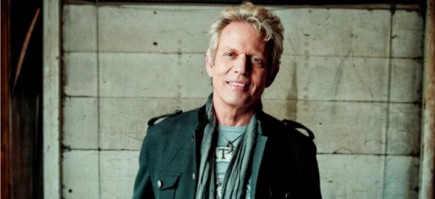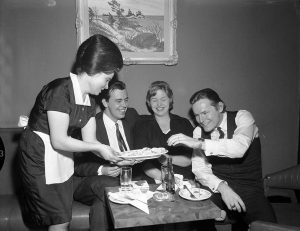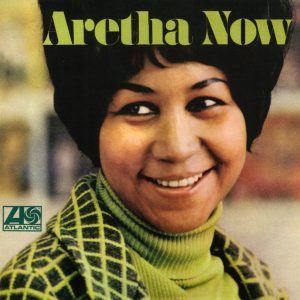This is the beginning Steve Karras’ interview of Eagle guitarist Don Felder. The bulk of the interview can be found at the site web2carz through the link below.

Rock n’ Roll infamy can either by measured by sneer, attitude, or posturing—all the necessary badass rock star ingredients. And then there’s a legendary guitarist like ex-Eagle Don Felder, who embodies the flipside to all of those bizarre heroics that invariably come with the music. He’s a musician’s musician whose power and imagination has spawned some of the most memorable guitar lines (his introduction to “Hotel California” has been called one of the six most memorable guitar riffs of all time) ever played through a tube amplifier.
Nearly five decades after Glen Frey started calling him “Fingers”, Felder continues to make important music. In 2008, he became a New York Times bestselling author with Heaven and Hell: My Life in the Eagles (1974-2001) and has been on the road promoting his second solo album, Road to Forever. We recently talked to Don about his fruitful career and his lifelong love affair with music.
W2C: I always marvel at how great guitarists learned to play in the 50s and 60s, when they didn’t have tools like video instructionals, rock documentaries, and live performance films. There’s a great story about Paul McCartney getting on a bus to go to the other side of Liverpool to learn a B7 chord. Who taught you to play?
Don Felder: I was born into a very impoverished circumstance—no money—my father worked as a mechanic and my mother worked at the drycleaners. We really had no spare money. There was no music store in Gainesville that taught music, and we couldn’t pay for music lessons, anyway. My dad used to have this old reel-to-reel tape recorder with two speeds on it (seven and half and three and three-quarters speed). He would borrow people’s records and record them on to the tape, and if I wanted to learn something, I would record it at seven and a half and slow it down to three and three-quarters. It would be exactly half-speed and an octave down. So, I would play it, play it, and play it until I could pick out the notes exactly where they were on the guitar. Eventually I got to the point where I could play it pretty well. It was the process of being self-taught, ear training. That was a skill I developed early on out of bare necessity, to tell you the truth. The harder part was learning how to teach myself how to read music and play it back. I know the melody and the song, but when I looked at it from the sheet music it was like Japanese to me. It took me a long time to learn what all that notation meant–time signatures and rests and sharps and flats. But I felt it was imperative to be able to learn to sight read, so I taught myself that too.
When did you learn to sight read?
There was a guy named Paul Hillis who had grown up in Gainesville and was a really good guitar player, and he went away to Berklee College of Music. When he returned, he was no longer playing guitar, which was much to my disappointment. I thought for certain that I would be able to use him to teach me, but he opened up this school called Hillis School of Music in Gainesville and he hired me to teach there. For every hour I would teach a new beginner guitar student, he would teach me music theory and enough about notation to keep me going. Also, every Wednesday a group of people who were studying music composition and theory from him would write a piece, either for a horn band, bass, piano, drums, guitar, and horns, and then we would play each other’s pieces. Not only did it force me to learn to write for brass, or drums, and bass, and write for piano, but it was really a great workshop for me to learn and develop my reading and writing skills. Finally, when I got in the studio in Boston to do session work, I had somewhat mastered the basics of it. But if producers and composers would come in and we’d do eight or ten tracks in a three hour session and throw down these sheets in front of you, they’d expected you to sight read.
Did you have jazz chops?
I studied jazz in Gainesville. I copied all of Howard Roberts’ solos off the reel-to-reel tape recorder and then I started buying Mel Bay Jazz guitar books, learning how to play major sevenths, augmented chords, diminished ninths, and all these forms of chords. So, when I got sheet music or song sheet music I would at least know what that chord was and could figure out pretty much anything in the charts. I just taught myself. There was no other choice really. (Continue Reading…)










Add Comment